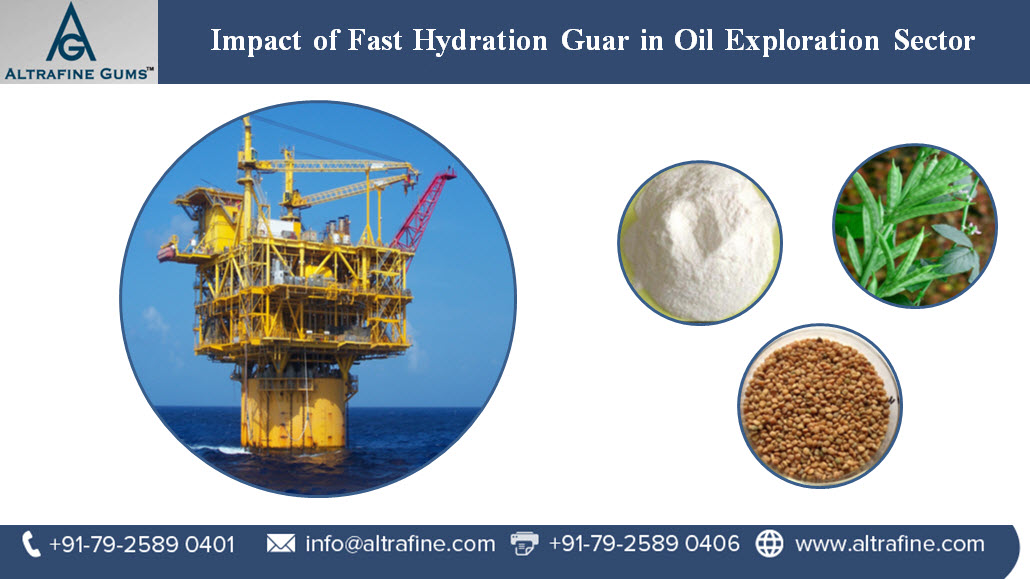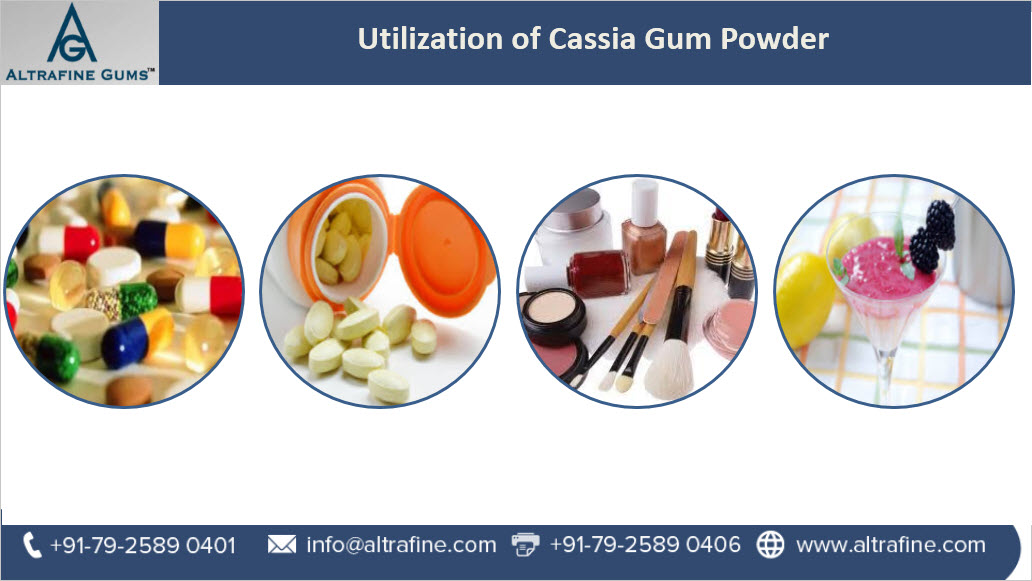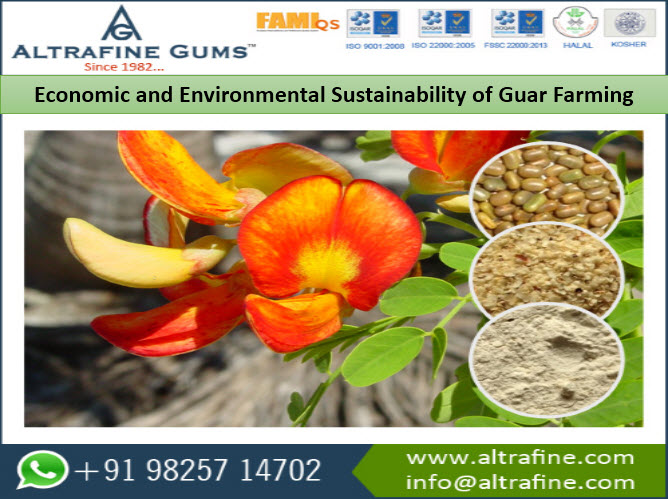The fast or quick hydrating guar gum powder (FHG) is a derived from the guar plant, but unlike the ordinary guar gum powder which causes viscosity in a period of two hours; this achieves almost complete viscosity in just a few minutes. The powder belongs to the category of industrial grade guar gum powder.
FANN Viscosity Readings
The FANN viscosity reading is the widely regarded as the standard for measurement of viscosity for the drilling fluids. They are also used in measuring the gel strength of the drilling mud. The viscometer is a rotational cylinder and bob instrument. It has got two operational speeds of 300 and 600 rpm. It is referred to as the direct reading or direct indicating because at a given speed the dial reading reflects a true centipose viscosity.
The viscosity at 2% KCL solution, with 0.48% solution of the guar gum powder on the fann viscometer on 300 RPM at 250 c and stirring at 1500 RPM) is a minimum of 25 CPS in 3 minutes to 45 CPS in 3 minutes.
Color Characteristics
This powder can be separated from the food grade guar based on the color. The food grade guar is usually white in color while the fast hydration guar is pale to off white color.
-
Thixotropic properties of the fast hydrating guar means it has high gelling rate as required in oil extraction.
-
Apart from the gelling properties, the powder is required to create a gel that is thin enough for easier pumping into the well, while the gel strength increase as it moves through the well and to support the proppant sand and effectively flush it deep into the rock fissures. The gel then has also to be loose enough to flow back and recover the fracking fluid while leaving the proppant behind. This chemical process is very important and to break the gel, chemicals such as Guar + boron + other proprietary fluids are used to accomplish this process.
This unique characteristic is very important in the production of oil and gas during the drilling process. It is applied where quick hydration and high viscosity is required.
This natural slurrible guar is non ionic and a polymeric viscosifier that is slurrible up to 50% of solids in diesel fuel systems and other similar applications. When the product is used in oil fracturing, it yields excellent pump ability, good hydration, good thermal stability and enhanced shelf life of the petroleum products.
The product is mainly used as a surfactant, an artificial polymer and a defoamer which is a critical requirement for water and brine based drilling fluids.
Other Important Uses
With the primary function of the guar being that of viscosity, it has been seen to function effectively in cooling of drill bits, mud drilling and cementing slurries where these properties are required.
The fast hydration guar has also been heavily used in industry as a stabilizer, thickener and suspending agent in the oil well fracturing agent.



